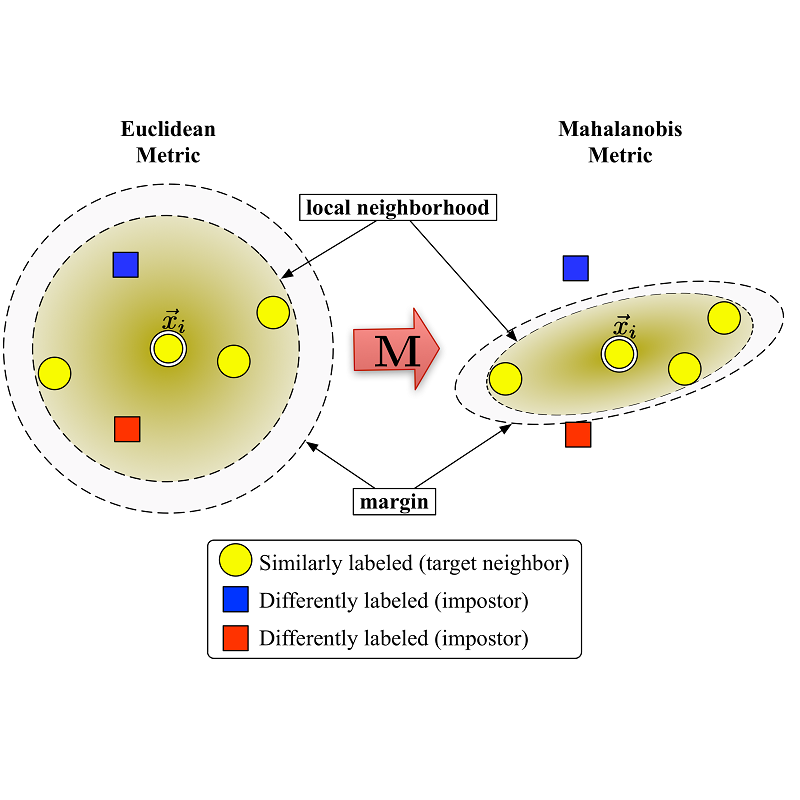Deep metric learning (DML) aims to automatically construct task-specific distances or similarities of data, resulting in a low-dimensional representation. Several significant metric-learning methods have been proposed. Nonetheless, no approach guarantees the preservation of the ordinal nature of the original data in a low-dimensional space. Ordinal data are ubiquitous in real-world problems, such as the severity of symptoms in biomedical cases, production quality in manufacturing, rating level in businesses, and aging level in face recognition. This study proposes a novel angular triangle distance (ATD) and ordinal triplet network (OTD) to obtain an accurate and meaningful embedding space representation for ordinal data. The ATD projects the ordinal relation of data in the angular space, whereas the OTD learns its ordinal projection. We also demonstrated that our new distance measure satisfies the distance metric properties mathematically. The proposed method was assessed using real-world data with an ordinal nature, such as biomedical, facial, and hand-gestured images. Extensive experiments have been conducted, and the results show that our proposed method not only semantically preserves the ordinal nature but is also more accurate than existing DML models. Moreover, we also demonstrate that our proposed method outperforms the state-of-the-art ordinal metric learning method.
翻译:深度计量学习(DML)旨在自动构建任务特定距离或数据相似度,从而形成低维代表制。虽然提出了一些重要的计量学习方法,但没有任何办法保证在低维空间保存原始数据的正统性。在现实世界的问题中,Ordinal数据无处不在,例如生物医学案例的症状严重、制造业生产质量、企业评级水平和面部识别的老龄化水平。本研究报告提议建立一个新型的三角三角三角距离(ATD)和圆三角网络(OTD),以获得精确和有意义的星系数据空间嵌入空间代表制。ATD预测在角空间的数据的正统性关系,而OTD则了解其正统性预测。我们还表明,我们的新距离测量方法满足了远程测量特性的数学特性。拟议方法是使用具有正统性质的真实世界数据进行评估,如生物医学、面部和手雕塑图像。进行了广泛的实验,结果显示,我们拟议的方法不仅准确性地展示了我们目前的学习方法,而且更精确性地展示了我们目前采用的方法。


